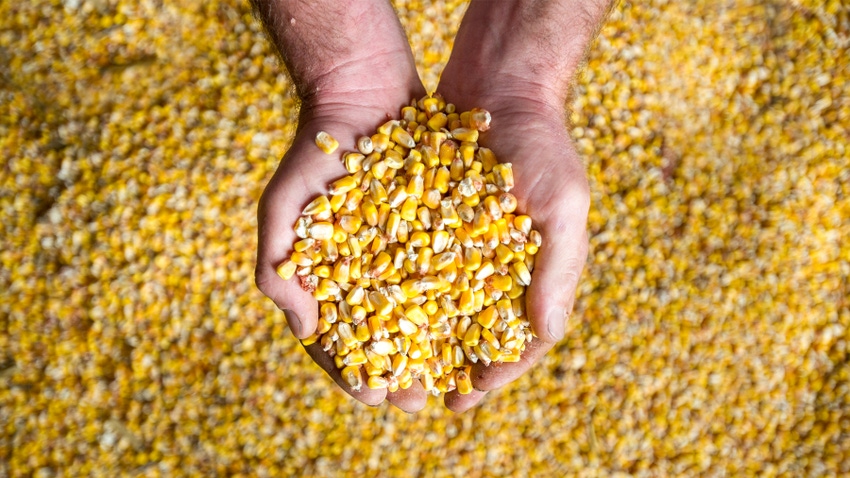
In a time when every penny counts toward profitability, overdrying stored grain can be a real profit robber.
In fact, overdrying 100,000 bushels of corn by only 1% over what is necessary for safe storage could cost a producer about $8,700, said Grant Knobloch, Brock Grain conditioning product manager.
In his “10-minute tips” talk at Husker Harvest Days last fall, Knobloch said that farmers should think about why they dry and store grain in the first place.
“We condition grain so it can be stored safely to provide for more market opportunities,” he said. “Having a grain dryer allows harvest to be done sooner.”
But high input costs are worrisome to farmers, and overdrying grain may be one culprit contributing to those concerns.
4 ways
Here are four ways to cut costs:
1. Clean it up. To improve dryer efficiency, the dryer needs to be kept clean to improve operations and flame quality.
2. Higher temperatures. It’s also best to operate at increased temperatures, as long as the higher temperatures do not damage the grain. “If you are seeing discoloration or stress cracking in the grain, your temperature is too high,” Knobloch said.
3. Keep shrink down. Overdrying grain affects quality, Knobloch explained. “If you are drying all the way down to 13%, one in four kernels will be at risk of breaking,” he said. “If you dry down to 11%, two out of five kernels will be at risk. So, be sure you are drying grain only to the necessary moisture level based on your anticipated storage time, because overdrying increases shrink loss, which costs you money.”
4. Pressure heat, vacuum cool. So, what does it cost to dry a bushel of grain? Depending on the cost of LP, Knobloch said that it costs about 16.4 cents per bushel to dry down 5 percentage points of moisture, running 2,700 Btu per pound of water removed and drying 540 bushels per hour under a pressure heat, pressure cool system.
With a pressure heat, vacuum cool system — where heat from the cooling grain is cycled back into the drying process — fuel efficiency goes up considerably, allowing you to dry the same corn under the same conditions for much less, about 13.6 cents per bushel, Knobloch said.
“Running a grain dryer using a configuration for pressure heat, vacuum cool will increase dryer efficiency, increase drying capacity, while reducing cost per bushel compared to pressure heat, pressure cool,” he said.
Learn more about overdrying at blog.brockgrain.com.
About the Author(s)
You May Also Like






